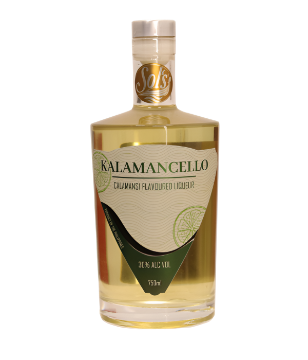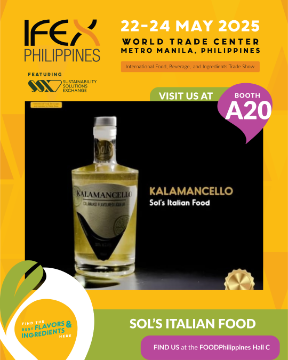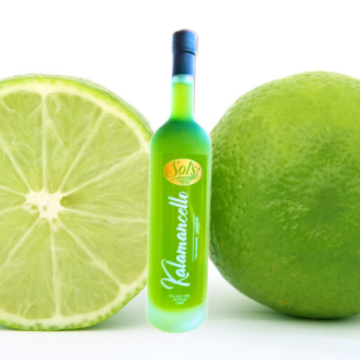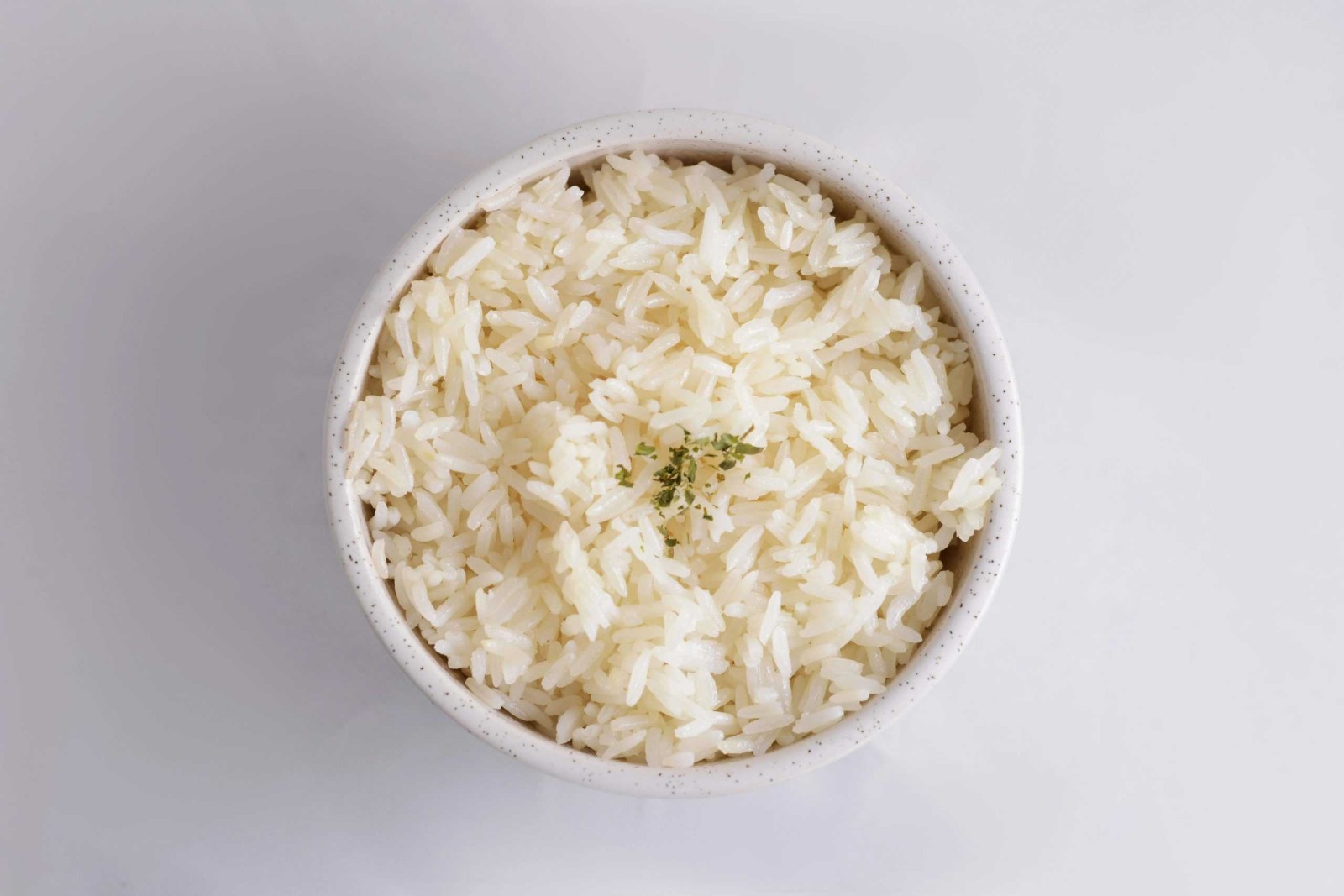SOL'S ITALIAN FOOD
KALAMANCELLO ( Calamondin Flavored Liqueur)
Product Description:
Kalamancello is a citrus liqueur made from calamondin zest, sugar, and fine alcohol. Calamondin is a small, tangy fruit that resembles a miniature orange. The zest of these fruits is infused with the spirit and then sweetened with sugar to create a flavorful and aromatic liqueur. Kalamancello is known for its digestive properties, as it is believed to aid in digestion. It can be consumed on its own as an after-dinner drink, particularly as a digestive aid, thanks to the combination of citrus zest and alcohol. The liqueur has a refreshing taste with a balance of sweetness and tanginess. In addition to being enjoyed on its own, Kalamancello can be used as an ingredient in various mixed drinks and cocktails. Its citrusy flavor adds a unique twist to cocktails and makes it a versatile ingredient for mixologists. With an alcohol content of around 30%, Kalamancello falls into the category of liqueurs with a moderate alcohol level. This makes it a suitable choice for those who prefer a drink that is not too strong but still provides a pleasant buzz.
Variants:
375ml, 200 ml
Product Type:
Processed
Market Availability:
South Asia
Net Weight per Pack:
12 Kg
Allergen:
Ingredients/raw materials used:
Calamondin Zest ,sugarcane Alcohol, Sugar
Process/es:
Extraction/infusion
Sources:
Local
Shelf Life:
N/A
Major Export Markets:
None
Certifications:
FDA-LTO/CPR
Packaging:
Bottled Glass
Minimum Order Size:
1 Box (1 Bottles)
Category:
Export Ready?:
No
Fusion Of Flavors: An Estuary Of Filipino And Middle Eastern Cuisines
Check out these food fusions between Filipino and Middle Eastern cuisines
Green on the go
The unending quest for healthy and sustainable food amid changing lifestyles
Rice Misunderstood
A quick look at the Philippine food staple often getting a bad health rap










